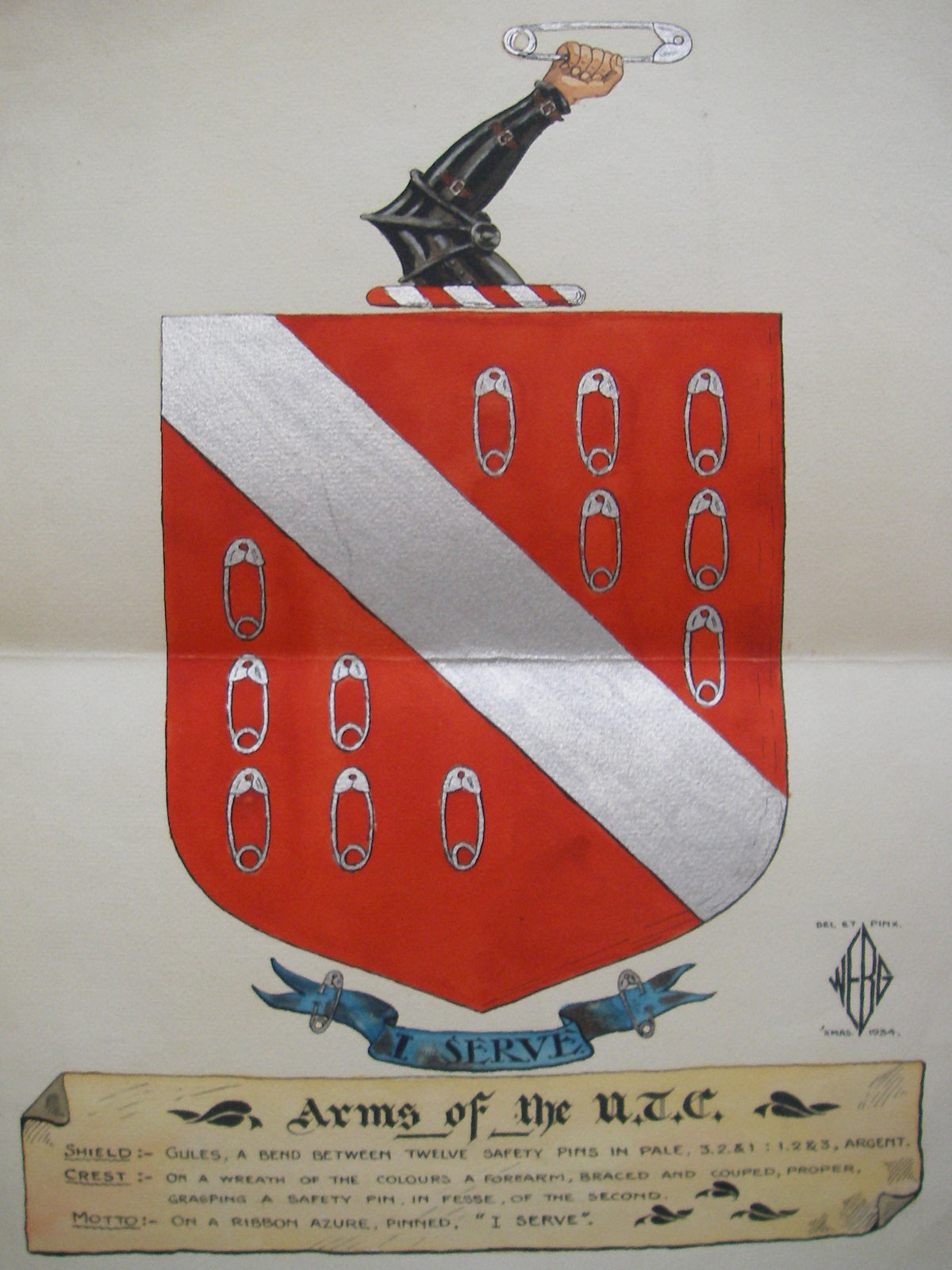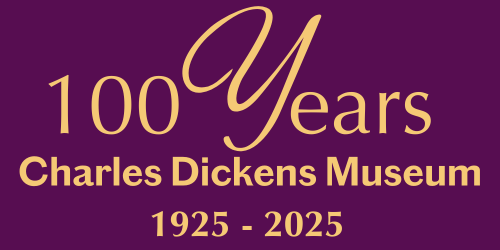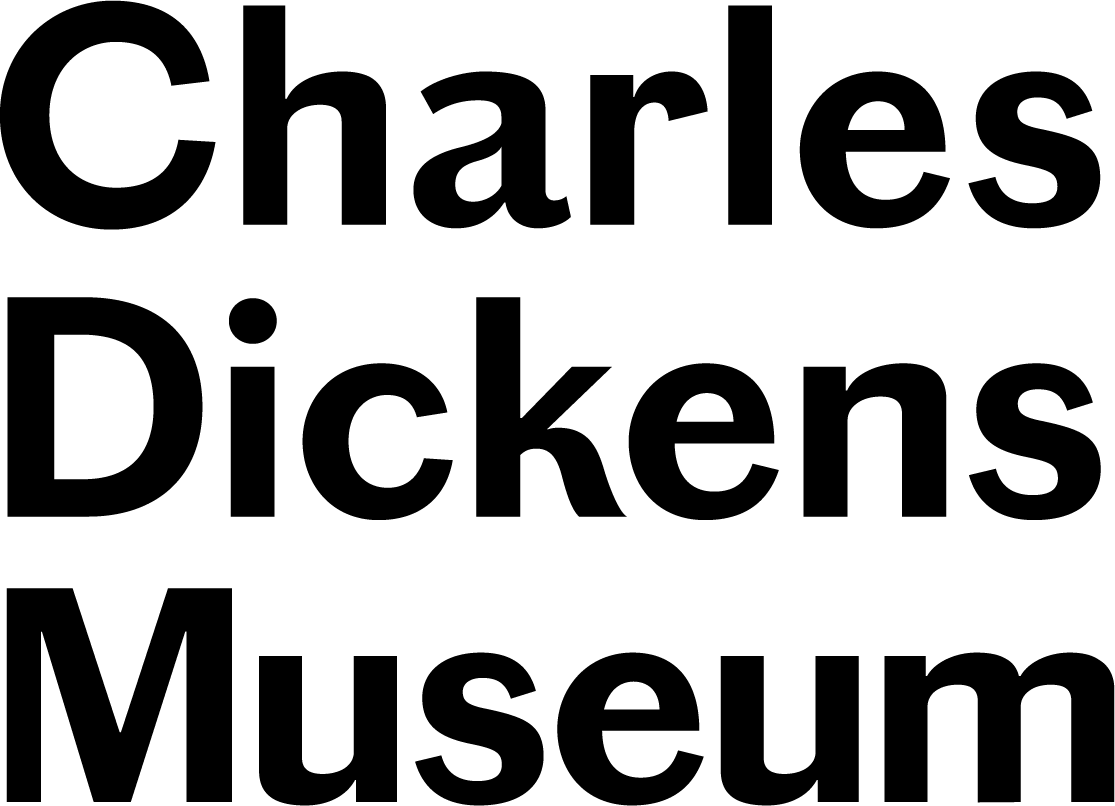Collection Highlight: Paper dolls from the Uncommercial Travellers’ Club
Maureen England is a curatorial volunteer at the Charles Dickens Museum and is completing her PhD at Kings College on Dickens’s characters.
By Maureen England
When we first discovered these ‘dolls’ or paper figurines in the Museum’s collection store, they seemed a bit of a mystery. In the Museum’s accession register they are listed as dinner place settings. The only other clue we had was the plaque on the front of the glass case: Presented by The Uncommercial Travellers’ Club 1935. While there were innumerable Pickwick Clubs and Pickwick Societies, and even a few Nickleby Clubs, during Dickens’s day (some of which still survive today), The Uncommercial Travellers’ Club is less well known.

Paper Dolls of the Uncommercial Travellers' Club: Mrs Gamp, Miss Havisham, Mrs Cratchit, Charles Dickens Museum DH230
The Uncommercial Travellers’ Club (U.T.C.) was started in the 1920s by Leslie Cyril Staples, who would later become editor of the Dickensian and own and manage the famed George Inn in Southwark. The Club was a small, tight-knit group who enjoyed taking short day excursions to locales in Dickens’s novels. “They are always wandering in town and country as Dickens would have done […] but they are a close society, and such meetings are private” reads one small passage in the Dickensian (1934, page 233). On one U.T.C. excursion, Leslie Staples was reaching into the luggage rack of the train to retrieve some chocolates when - gasp and giggle- his Braces broke! He and the other members managed to hold them together for the rest of the trip with safety pins. This anecdote was lovingly remembered in Staples’s obituary in the Dickensian in 1980.
While the U.T.C. weren’t directly associated with the Fellowship, they did help raise funds for the Dickens Museum (or Dickens House as it was known then) and their news was sometimes announced in the Dickensian- although even then it was noted that the group was quite secretive about their events. They would often hold historically-themed balls and visit the ‘Travellers’ at the Six Poor Travellers House in Rochester, supported by the Watts Charity, which Dickens wrote about in Seven Poor Travellers. They were said to have shared their Dickensian Punch with the inmates, which drink Staples was rumoured to have been a dab hand at concocting.
At one of their balls,Staples gifted to each member a Coat of Arms of the U.T.C. A copy of this has been recently rediscovered in the Museum’s archive. The Arms is decorated with Safety Pins, and it wasn’t until I read Staples’s Obituary that I understood the reference. It seems we may have discovered a beautiful inside joke lying hidden in the Museum archives.

The Uncommercial Travellers' Club Coat of Arms, Charles Dickens Museum NN38
Crepe paper dolls were quite a craft item in the 1930s. There was even a highly collectible doll maker, Bernard Ravca, who also made numerous series of smaller crepe paper and papier mache figurines. Our series of dolls are probably not designer-made but their intricate detail is stunning. Did one of the members of the U.T.C. hand-make them and were they personalised for U.T.C. members who took on a Dickens character? Each doll is meticulously made; their cheeks delicately blushed, their eyebrows expressive, their hair curled and fashioned. One only has to get within inches of them to truly appreciate the skill.
What is also wonderfully interesting is the selection: both major and minor Dickens characters are represented. The modern eye would quickly recognise Miss Havisham in her off-white wedding dress and long flowing veil, or Scrooge in his night cap and dressing gown, holding up a candle. Even more minor characters such as Mrs Cratchit might be discernible by the grand Christmas Pudding she holds aloft on a platter. However, it takes the more versed Dickensian to identify Mrs Varden. The maker also chose characters that often captured the imagination of the Victorian audience such as Mr Mantalini and Sairey Gamp.
While Sairey Gamp, Dolly Varden, Miss Havisham, and Scrooge are often portrayed in Dickensian memorabilia, what drove the decision to choose Ham Peggotty rather than Micawber (the more famous of the Copperfieldian characters)? Likewise, while Dolly Varden was quite famous in her day, spawning dance music, fashions, and even later becoming the namesake for a style of cake and a Trout, why also include Mrs Varden? Finally, of the two more famous Cratchits, Bob and Tiny Tim (themselves represented by Bernard Ravca in a series of small dolls), why choose instead Mrs Cratchit? The reasoning behind these decisions have yet to come to light, but it is likely that each character had special significance to U.T.C. members.

Paper Dolls of the Uncommercial Travellers' Club, Charles Dickens Museum DH230
Most information gathered from Obituary for Leslie Staples in Dickensian 76.392, Fall 1980: 131.
Museum Blog
This blog takes you behind the scenes at the Charles Dickens Museum, giving fresh insight on everything from discoveries new and old in our collection, to exhibitions, events and learning initiatives.
You’ll be hearing from a variety of Museum staff and volunteers, as well as guest curators, academics, artists and Dickens enthusiasts. Why not join the debate and let us know you thoughts on the latest blog by using our hashtag #CDMBlog

